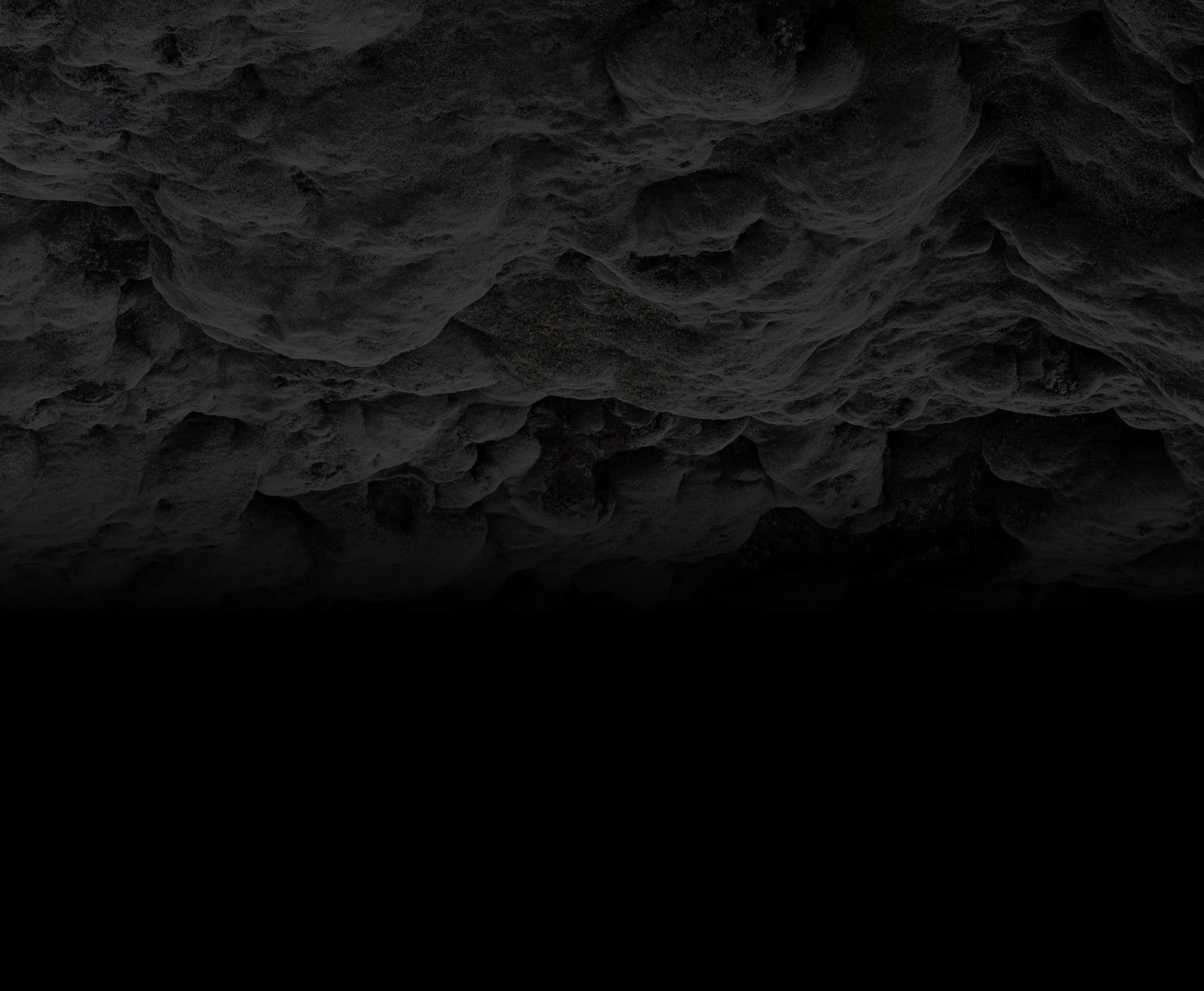PLETHORA is the first entirely 3D printed large scale public art/sculpture signifies the peak of form and ornaments. TheAge of Mass Customization evolvesfrom thedevelopment of digitalfabrication tools,which break the traditional barriersb e t w e e ndesign and manufacture.
Obiects can be created with infinite details without added cost to manufacturing. The creation of PLETHORA is seeking the balance between parametric algorithm a n d svnthetic forms of illustration. The sculpture is 3 D printed with marine grade stainless steel - 316L. The reflective surfaces and complex geometry will intriguingly catch light from al directions, and its monumental scale will create interaction with people and environment.
With PLETHORA, LuxMea Studio is manifesting the following five points to embrace the potentials this age offers.
1. A Plethora of scales
Plethora is designed with the mindset of how her scale would perform as spectators approaching from different distances: massing scale, human scale and micro scale.
The patented large scale 3D Printing technology enables the opporutinity to explore design at micro scale - which has been absent and not possible to make in contemproary art and architecture.
2. Parametric Ornamentalism
Plethora is a manifesto of the new ornametalism in age of mass customization.
Adolf Loos once argued “ Greatness of our age (post-industrial), that it is incapable of producing a new ornament.” - was no longer valid. Ornaments are no longer related to bourgeoisie or power. Cutting-edge digital tools and new method of fabrication offer designer and society new possibilities of design.
3. Spatial Illustration - 3Dimensional drawing
An illustration is a synthetic form that does not have its direct implementations into Three-Dimensional Space other than fresco. With the emerging technologies, an illustration may find its new role in architecture. Seeking the relationship between synthetic forms and parametricism, Plethora is consisted by over 2000 figures, which each has been translated algorithmically from their synthetic form into three-dimensional objects. This makes each cell different from others, and removes constraints in physical world .
4. Fluid Space - Integration of function and form
Seams and edges are products of compromization from human’s incapability of fabricating ideal form. With recent advancement in 3D printing, functional objects are able to reach their materialistically ideal state - seamless integration to their conceptual form. Plethora is a manifestation of showing how different part of elements can be integrated into seamless liquid form.
5. Concept Fabrication
Recent development in digital fabrication bridges the gap between a conceptual design and the final physical product. With 3D printing technology, making a complex object like Plethora is no more difficult than making a flat box. This is the new opportunity this age offers, designers should be creating more interesting design without worrying how it can be made. Plethora is the first entirely 3D printed large scale object with a permanent material (metal). Using LuxMea’s patent pending technology, the Concept MaterializerTM breaks the 3D printing boundary in scale, capable of fabricating different permanent materials, such as metal, ceramic, and glass in large scale for the first time.
A wonderful world is summoned-up by the PLETHORA surfaces and folds: but now, instead of such things existing as 'devices' or 'dreams', they can be entered into.
The virtual reality manifestation is both a first step and a last step in the realisation that THIS architecture has no limits and our notions of metal or the boundaries of the possible have to be totally re-thought.
Add to this a certain quality of 'eye'...and we are looking at a formidable (and at the same time delightful) world.
Congratulations!
Peter Cook
LONDON 2016
III. Age of Mass Customization®
AI Designed - Robot Printed
iA cross-platform was developed and applied during the design process of Plethora. This opens new possibilities to create complex, organically formed panels in architectural applications. Plethora consists of over 2 billion triangles, formed by parameters.




























